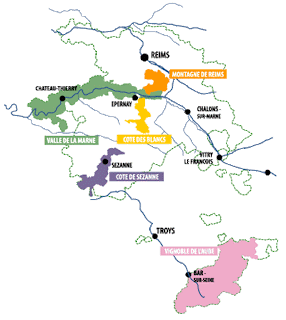Happy Halloween to everyone out there! Last night I had a few friends over to carve pumpkins, share a meal, and try out some Port cocktails. When I received these samples, I knew that I wanted to do something different instead of standard tasting notes. It is the Fall season (though I’m in LA and it’s about 80 degrees out) and Port cocktails felt appropriate for All Hallows Eve!
Halloween is one of my favorite Holidays, so why not turn my blog R&D into a little event...I am an event producer and all.
Recipe for a party:
1. Invite a few close friends over. There were six of us in total.
 |
| Gratuitous Black Cat Shot |
2. Craft three Port cocktails. I am not a mixologist, so I decided to use tried and true recipes I found online HERE. I made small adjustments, as I did not have 100% of the ingredients on hand.
Recipe 1: Port Julep. At the bottom of a glass you dissolve 1.5 tbsp of superfine sugar with 0.5 oz of water. Then add 6-7 mint leaves and muddle. Add 1 oz tawny Port, 1 oz VSOP Armagnac (I used Cognac, as I had it on hand), and 1 oz rum. Pour back and forth between two glasses a few times. Add more ice to top off glass and garnish with a mint leaf.
 |
| Port Julep |
Recipe 2: Bar Drake Manhattan. Combine 2.25 oz bourbon, 1 oz ruby Port, and a bar spoon of maple syrup. Pour back and forth between two glasses a few times, add a dash of bitters, stir, and pour into glass. Garnish with a burnt orange peel.
 |
| Bar Drake Manhattan |
Recipe 3: Saint Valentine. Into a cocktail shaker add ice, 1.5 oz white rum, 0.5 oz ruby Port, 0.5 oz Grand Marnier, and 0.5 oz lime juice. Strain into a chilled glass and garnish with a lime wedge. Surprisingly, this one reminded some of us of a Cosmopolitan.
3. Whip up a Fall-friendly dinner to accompany the cocktails. I landed on a hearty vegetarian goulash. The gravy was made with 4 kinds of mushrooms, onion, celery, and garlic, with the base coming from vegetable stock, red wine, and port wine. Over egg noodles, this was a perfect fall dinner.
4. The results! I crafted all 3 cocktails and asked everyone to put in a vote for their favorite cocktail. Believe it or not, it was an even split. Two voted for the julep, two for the Manhattan, and two for the Saint Valentine. Overall, everyone (including myself) was pleasantly surprised at how well the Ports worked with the different cocktails.
What the heck is Port?
Port is a fortified wine made in Portugal. There are many different grape varietals allowed in Port production. With Port, the fermentation process is interrupted before all of the sugar converts into alcohol. So what you end up with is a slightly lower alcohol wine with residual sugar (aka a sweet wine). As with any fortified wine, a distilled spirit (at a very high ABV) is added. This spirit addition raises the alcohol level of the wine. In the end you have a fortified wine that is sweeter than normal wine and with a higher alcohol level. There are many different styles of Port including: ruby, tawny, white, rose, reserve, LBV, crusted, vintage, single quinta vintage, etc. Today we are sampling three different Ports of varying styles.
Graham’s 10 Year Tawny Port 20% ABV $36 SRP
Tawny Port is a Port that has been aged in wood and takes on the tawny hue. The grapes used are also less ripe grapes from cooler climate vineyards, which contribute to the wines lighter color as well. Aged tawnies are generally made from higher quality wines. This wine was bottled in 2014 and in general, aged tawnies can deteriorate if spent too long in the bottle. This wine will have a shelf life of 2-4 months after opening. Good chilled. This tawny port carries notes of nuts, honey, and figs. It is quite complex and was my favorite of the three.
Cockburn’s Special Reserve Port 19.5% ABV $18 SRP
This is a premium ruby-style Port. Ruby Port is aged in bulk and bottled young to retain the ruby color and youthful primary fruit aromas. A “special reserve” which is a premium ruby, is a wine with more color and depth. With this particular bottle, the wine spent extra time in oak casks (4-5 years total) and retains a luscious red cherry flavor. This bottle will keep about 6 weeks after opening. The nose on this wine is youthful with strong fruit concentration that you would expect with a ruby. Lots of red fruit on the nose and palate (cherry, strawberry, and plum).
Dow’s 2011 Late Bottled Vintage Port 20% ABV $24 SRP
Vintage Port is made only in the finest years and from the best vineyards. It is a wine from a single year and bottled between the fourth and sixth years after harvest. Unfortunately the LBV I received was corked, so I will not review this bottle.
After the tasting, I made everyone their own cocktail based off of their votes. We then enjoyed some of the Port neat with a hunk of pungent blue cheese…..DELICIOUS!
How will you be spending your Halloween tonight?

























